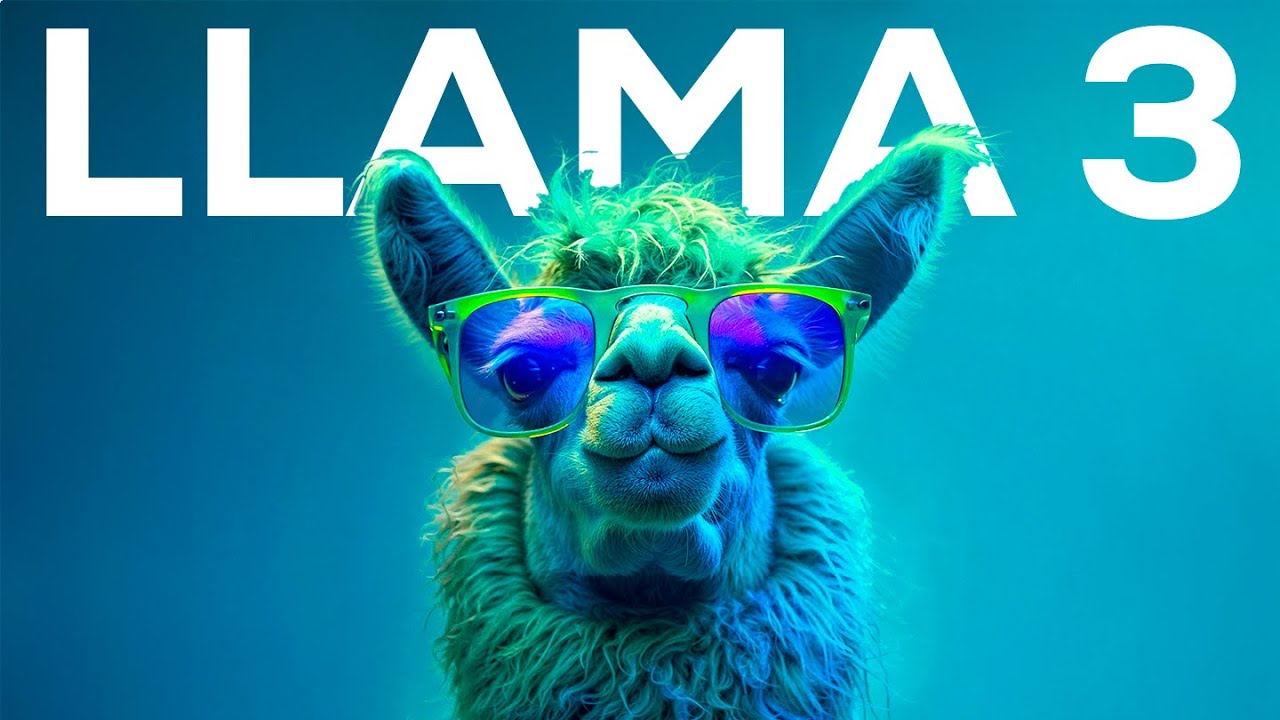What is Kubernetes | Kubernetes explained in 15 mins
Summary
TLDREl video presenta una explicación detallada de Kubernetes, un framework de orquestación de contenedores open source desarrollado por Google. Cubre su definición, la problemática que resuelve, su arquitectura básica con nodos maestros y worker, y los componentes clave como pods, contenedores, servicios y cómo se configuran. Destaca las funcionalidades de alta disponibilidad, escalabilidad y recuperación ante desastres que ofrecen las herramientas de orquestación de contenedores como Kubernetes.
Takeaways
- 📚 Kubernetes es un marco de orquestación de contenedores de código abierto, originalmente desarrollado por Google.
- 🔄 Solve problemas de gestión de cientos o miles de contenedores en diferentes entornos como máquinas físicas, máquinas virtuales o entornos de nube.
- 🤖 Garantiza alta disponibilidad, escalabilidad y recuperación ante desastres para las aplicaciones.
- 🌐 La arquitectura básica de Kubernetes consiste en al menos un nodo maestro y varios nodos de trabajo, donde los nodos de trabajo ejecutan contenedores de aplicaciones.
- 🔧 El nodo maestro ejecuta procesos clave como el servidor de API, el gerente de controladores y el programador.
- 💾 etcd es un componente crucial que almacena la configuración y el estado actual del clúster de Kubernetes.
- 🌐 La red virtual permite que todos los nodos del clúster se comuniquen entre sí y se conviertan en una máquina poderosa.
- 📦 Un Pod (unidad de implementación) es la unidad más pequeña en Kubernetes, que puede contener múltiples contenedores.
- 🔄 Los Pods son componentes efímeros y pueden morir con frecuencia, lo que justifica el uso de servicios para proporcionar direcciones IP permanentes.
- 🛠 La configuración de Kubernetes se realiza a través del servidor de API y se maneja en formato YAML o JSON.
- 🔄 Kubernetes trabaja de forma declarativa,力求达到用户声明的期望状态.
Q & A
¿Qué es Kubernetes?
-Kubernetes es un marco de orquestación de contenedores de código abierto, originalmente desarrollado por Google, que ayuda a gestionar aplicaciones compuestas por cientos o quizás miles de contenedores en diferentes entornos como máquinas físicas, máquinas virtuales o entornos en la nube.
¿Qué problemas resuelve Kubernetes?
-Kubernetes resuelve problemas relacionados con la gestión de una gran cantidad de contenedores en múltiples entornos, garantizando la alta disponibilidad, escalabilidad y recuperación ante desastres de las aplicaciones.
¿Qué es una arquitectura básica de Kubernetes?
-Una arquitectura básica de Kubernetes consiste en al menos un nodo maestro conectado a varios nodos de trabajo (worker nodes), donde se ejecutan los contenedores de las aplicaciones y se distribuye la carga de trabajo.
¿Qué procesos esenciales se ejecutan en el nodo maestro de Kubernetes?
-El nodo maestro ejecuta procesos esenciales como el API server (punto de entrada para la comunicación con el clúster), el controller manager (mantiene un registro de los eventos del clúster), el scheduler (responsible de programar contenedores en nodos de trabajo) y el etcd (almacena el estado actual del clúster).
¿Qué es un pod en Kubernetes?
-Un pod es la unidad más pequeña de configuración y interacción en Kubernetes, actuando como un contenedor que encapsula uno o varios contenedores. Los pods son componentes de Kubernetes que gestionan los contenedores en su interior sin intervención directa del usuario.
¿Cómo se comunican los pods en Kubernetes?
-Los pods en Kubernetes se comunican a través de direcciones IP internas asignadas a cada pod, permitiendo que los contenedores dentro de los pods se comuniquen entre sí a través de estas direcciones IP.
¿Qué es un servicio en Kubernetes y cuál es su función?
-Un servicio en Kubernetes es un componente que proporciona una dirección IP permanente para la comunicación entre los pods, actuando como un equilibrador de carga y permitiendo que las aplicaciones se comuniquen sin interrupciones a pesar de los pods que se reinician y obtengan nuevas direcciones IP.
¿Cómo se configuran los componentes de Kubernetes como los pods y servicios?
-La configuración de los componentes en Kubernetes se realiza a través del API server, donde los clientes de Kubernetes (como la interfaz de usuario, scripts o herramientas de línea de comando) envían solicitudes de configuración en formato YAML o JSON.
¿Qué es la orquestación de contenedores y por qué es necesaria?
-La orquestación de contenedores es una tecnología que automatiza la implementación, escalabilidad, monitoreo y mantenimiento de aplicaciones que se ejecutan en contenedores. Es necesaria debido al aumento del uso de microservicios y la complejidad de gestionar cientos o miles de contenedores en múltiples entornos.
¿Qué sucede si un nodo maestro de Kubernetes falla?
-Si un nodo maestro de Kubernetes falla, se requiere una copia de seguridad para poder acceder al clúster de nuevo. En entornos de producción, se recomienda tener al menos dos nodos maestros para garantizar la continuidad del clúster en caso de fallo.
¿Cómo Kubernetes garantiza la alta disponibilidad de las aplicaciones?
-Kubernetes garantiza la alta disponibilidad mediante la replicación de pods, la supervisión constante del estado de los contenedores y la reconstrucción automática de los contenedores que fallen, asegurando así que las aplicaciones permanezcan accesibles para los usuarios.
Outlines

هذا القسم متوفر فقط للمشتركين. يرجى الترقية للوصول إلى هذه الميزة.
قم بالترقية الآنMindmap

هذا القسم متوفر فقط للمشتركين. يرجى الترقية للوصول إلى هذه الميزة.
قم بالترقية الآنKeywords

هذا القسم متوفر فقط للمشتركين. يرجى الترقية للوصول إلى هذه الميزة.
قم بالترقية الآنHighlights

هذا القسم متوفر فقط للمشتركين. يرجى الترقية للوصول إلى هذه الميزة.
قم بالترقية الآنTranscripts

هذا القسم متوفر فقط للمشتركين. يرجى الترقية للوصول إلى هذه الميزة.
قم بالترقية الآنتصفح المزيد من مقاطع الفيديو ذات الصلة
5.0 / 5 (0 votes)






